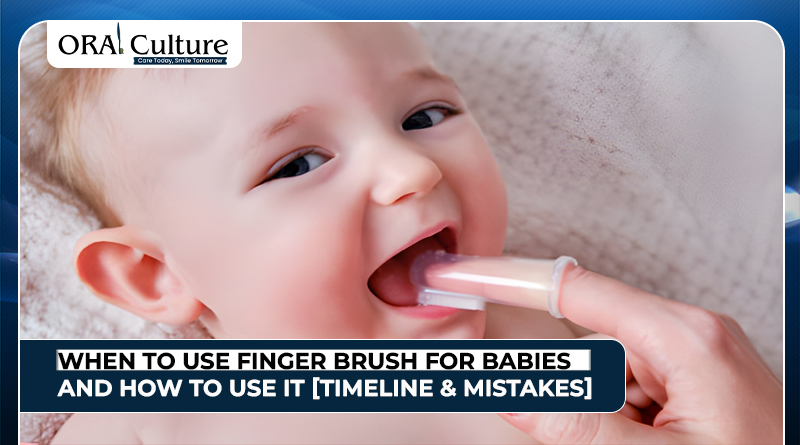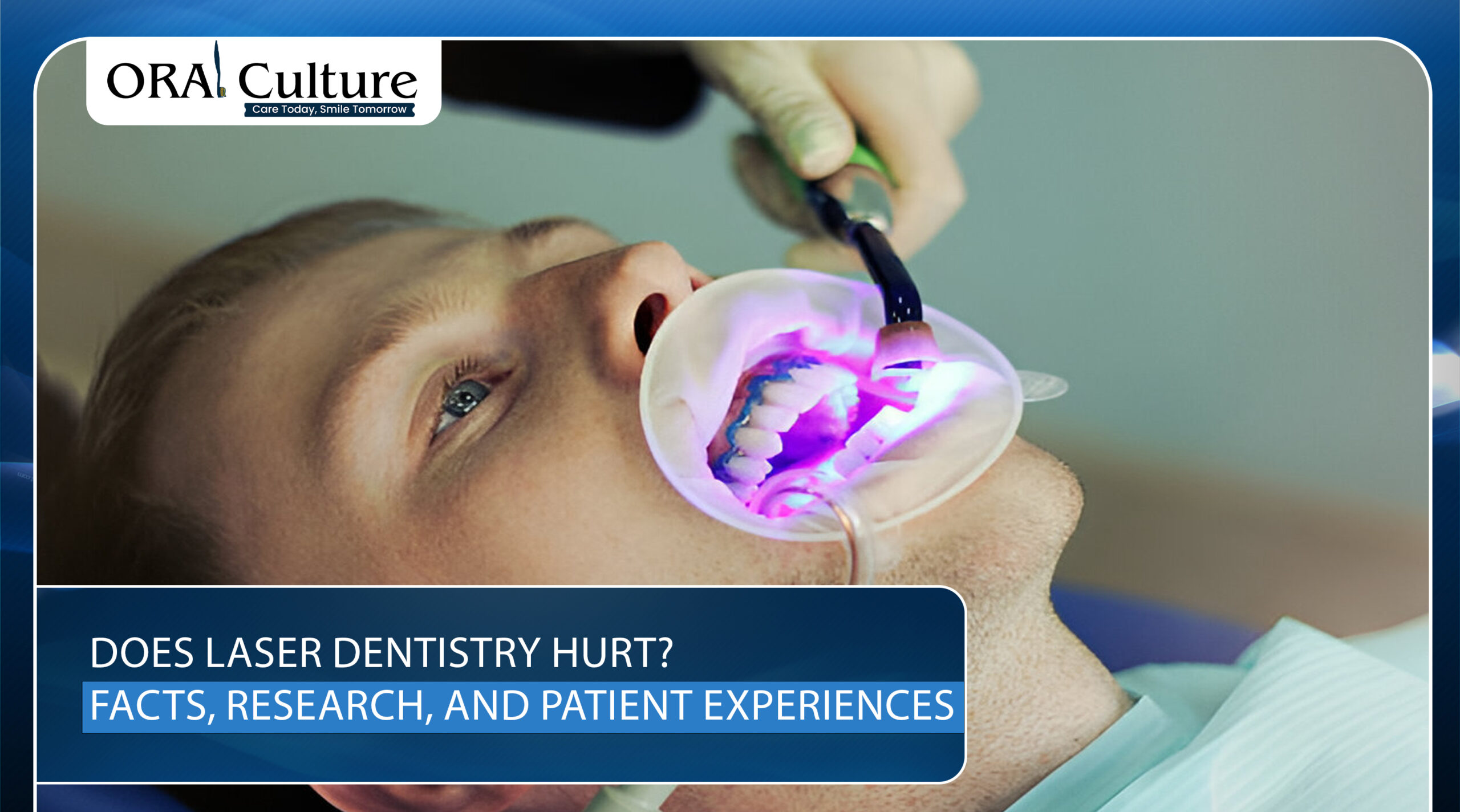Sugar bugs are not real bugs; they are harmful bacteria that feed on sugar stuck on your teeth. If not adequately cleaned, the sticky film these bacteria create, known as plaque, can result in tooth decay. “Sugar bugs” is frequently used to entertain children about dental health. However, the problem is major, particularly regarding children’s dental health.
Let’s discuss what sugar bugs are, what they look like, and how they impact dental health.
What Are Sugar Bugs?
The term “sugar bugs” describes oral microorganisms that cause plaque. These bacteria produce acids when they consume sweet foods or beverages. These acids gradually dissolve your teeth’s enamel, or hard outer coating. This can eventually result in gum disease, cavities, and foul breath.
Although sugar bugs are not visible like real insects, they can cause major problems if ignored. That’s why dentists and parents use the term “sugar bugs” to help kids understand the importance of brushing and flossing.
What Do Sugar Bugs Look Like?
You usually can’t see them with your eyes. However, when plaque builds up, it may appear as a yellowish or white sticky layer on the teeth, especially near the gum line or in between teeth.
When left untreated, sugar bugs can cause small holes in the teeth, called cavities. These might show up as brown or black spots.
If a child eats candy and doesn’t brush properly afterward, sugar bugs stay on the teeth. Over days or weeks, they start to damage the tooth surface. The first sign might be a small white spot, which can become a cavity if not treated.
Sugar Bugs in Kids
Children are more prone to sugar bugs than adults. This is because:
- Kids often snack on sugary items like candy, soda, and juice.
- They might not properly brush and floss.
- Baby teeth are especially susceptible since their enamel is weaker.
Cavities are the most prevalent chronic illness among children aged 6 to 11 and teenagers aged 12 to 19, according to the CDC. Almost half of children have cavities by the time they enter kindergarten.
Good habits can prevent this. Sugar bugs can be avoided by flossing once daily, brushing twice daily using fluoride toothpaste, and seeing a dentist regularly.
Are Sugar Bugs Harmful?
Yes, sugar bugs are harmful. Despite being concealed, they can lead to cavities, gum disease, and in extreme situations, tooth loss. These bacteria create an acid-filled environment in your mouth, especially when you eat sugary foods often and don’t brush well.
If sugar bugs are not removed:
- They form plaque and tartar (hardened plaque).
- They cause swollen gums, known as gingivitis.
- In long-term cases, they can lead to painful infections and tooth extractions.
How to Get Rid of Sugar Bugs on Teeth?
Getting rid of sugar bugs isn’t hard, but it requires consistency.
1. Brush Twice a Day with Fluoride Toothpaste
Your first line of protection against sugar bugs is brushing. Make use of fluoride toothpaste and a toothbrush with soft bristles. Fluoride strengthens your tooth enamel, making it tougher for sugar bugs to cause cavities.
Make sure to reach every corner, front, back, and chewing surface. Don’t rush! Brushing for less than two minutes is like washing only one hand.
2. Floss Every Day
Even the best toothbrush can’t slide between your teeth. That’s where floss comes in. Sugar bugs love these tight spaces because food often gets stuck there. When food sits too long, it becomes a feast for bacteria.
Flossing breaks up the sugar bug parties hiding between your teeth. Make sure to go just below the gum line as you gently move the floss in a C shape around each side of your teeth. It might not seem like much, yet it has a huge impact.
3. Limit Sugary Drinks and Snacks
For sugar bugs, sugar is like gasoline. They produce more acid and erode your enamel more quickly the more of them you have. Sweets, sodas, and sticky snacks (like gummies) stick to your teeth and feed the bacteria for hours.
Instead of constant snacking, stick to balanced meals. Swap out candy for fruit, and choose water instead of sugary drinks. If you do eat something sweet, rinse with water or brush shortly after to clean your mouth.
4. Drink Plenty of Water
Water does more than quench your thirst; it acts like a natural mouth rinse. Every sip helps wash away leftover food bits and sugars before sugar bugs can settle in.
Fluoridated water also strengthens teeth, adding another layer of protection. Have a water bottle close at hand throughout the day, particularly after meals or snacks. It’s one of the simplest yet most overlooked ways to protect your smile.
5. See a Dentist Every 6 Months
Regular dental check-ups are like a deep clean for your mouth. Even with perfect brushing, some areas are hard to reach, and plaque can harden into tartar. Dentists use special tools to remove this stubborn buildup.
These visits also help catch early signs of tooth trouble, before they become painful cavities or gum disease.
Pro Tip for Parents: Make Brushing a Game, Not a Chore
Kids aren’t born loving to brush. But when brushing becomes fun, it becomes consistent.
You can even make up stories like “fighting off the sugar bugs” to spark imagination. The goal is to build a routine they’ll stick with for life.
What About Sugar Mites and Bugs in Sugar?
Sometimes, people confuse sugar bugs with real bugs found in sugar, called sugar mites. These tiny insects can infest sugar if it is stored improperly for a long time.
Important: Sugar mites are unrelated to dental health. But yes, it is possible (though rare) to find bugs in sugar. Always store sugar in airtight containers to avoid this issue.
So, if you’re seeing “bugs in sugar,” you’re probably dealing with pantry pests, not dental problems.
Final Thoughts from Oral Culture
Sugar bugs may sound cute, but they can cause real harm. Whether it’s your child or yourself, keeping sugar bugs away is all about good dental habits. Remember, the best defense is simple: brush, floss, and limit sugar.
Contact us at Oral Culture for expert dental advice, product recommendations, and simple tips to make your smile sugar-bug-free.
People Also Ask
What is a sugar bug?
A sugar bug is a nickname for the bacteria in your mouth that feed on sugar and cause tooth decay. They’re not real insects but act like tiny invaders on your teeth.
How to get rid of sugar bugs?
Brush and floss daily, reduce sugary snacks, and visit your dentist regularly to avoid sugar bugs.
Is it normal to find bugs in sugar?
Sometimes, if sugar is not stored properly, it can get infested by sugar mites or pantry pests. This has nothing to do with dental health, but should be handled by throwing away the infected sugar.
What do sugar bugs look like?
They aren’t visible, but the damage they cause, like yellow plaque or brown cavities, can be seen on the teeth.





![Sugar Bugs on Teeth [5 Crucial Tips to Get Rid of These] Illustration of sugar bugs on teeth in a child's mouth, showing plaque buildup and cavities caused by poor oral hygiene.](https://oralculture.com/wp-content/uploads/2025/08/Sugar-Bugs-on-Teeth-5-Crucial-Tips-to-Get-Rid-of-These.jpg)
